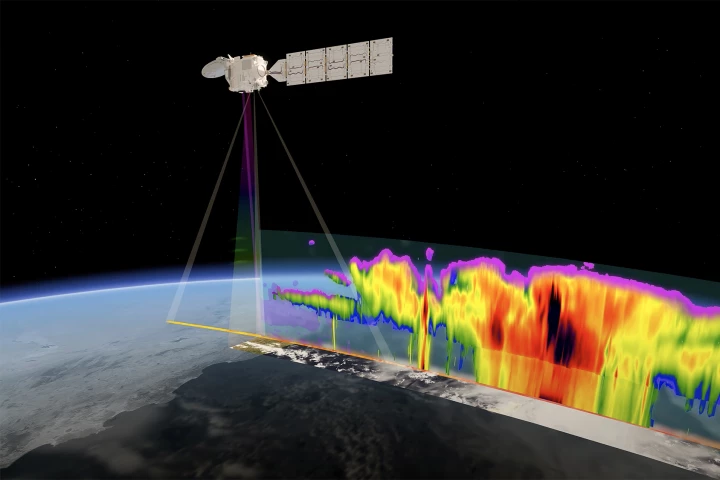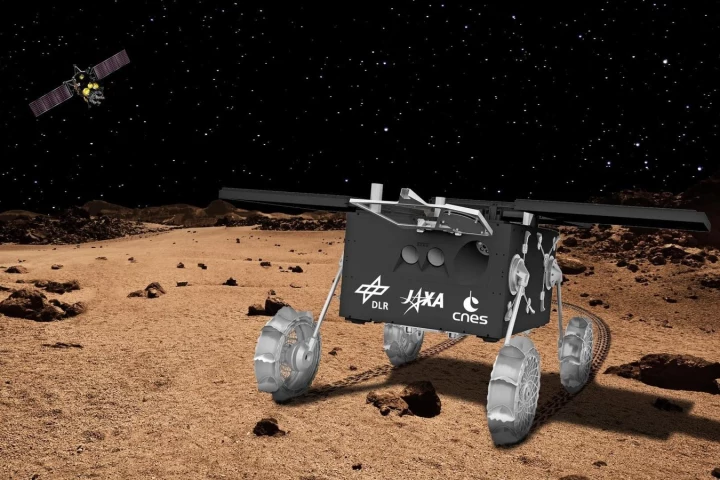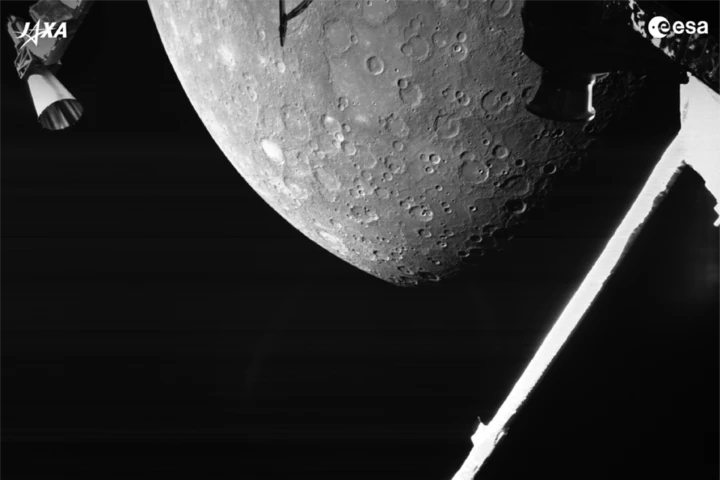JAXA
-
Clouds. They’re not very well understood. EarthCARE, a soon-to-launch satellite, will use advanced tech to unlock their mysteries, giving scientists a better understanding of the mysterious weather phenomenon so they can produce more accurate climate forecasts.
-
When NASA returns to the Moon, its astronauts will enjoy tooling around in a pressurized camper van courtesy of JAXA and Toyota. The two-person vehicle is part of a US/Japan agreement that includes putting the first Japanese astronauts on the Moon.
-
Japan's SLIM lunar lander is back online and transmitting data. JAXA has confirmed that the Sun has moved into a position where light is landing on the robotic spacecraft's solar panel, allowing it to finally charge its battery.
-
Thanks to a pair of tiny lunar rovers, the mystery of Japan's crippled SLIM Moon lander has been solved. Images returned by the two robots show that the spacecraft bounced and is sitting on its nose, preventing its solar panels from charging.
-
Japan has become the 5th nation to successfully land on the Moon, but the Champagne corks aren't popping. At 10:20 am EST, the SLIM lander touched down, but the solar panels failed to engage, leaving the craft with only a few hours of battery power.
-
In one small step for humankind, scientists have seen a fertilized mouse egg develop naturally and normally into early embryonic form. While a long way to go, it’s a positive sign that mammalian – namely, human – reproduction can take place in space.
-
It was second time lucky for Japan as it successfully launched its first lunar lander on September 6 at 23:42 GMT atop a Mitsubishi Heavy Industries H-IIA rocket from the Tanegashima Space Center 25 miles (40 km) south of Kyushu.
-
At the Paris Air Show, the space agencies of France, Germany and Japan signed an agreement that will allow a robotic Franco-German rover aboard Japan's Martian Moon eXploration (MMX) mission and land it on the surface of the Martian moon Phobos.
-
Researchers just can’t seem to keep their hands off the peanut-shaped asteroid Itokawa, and with good reason. Having already revealed some curious mineral quirks, it's now surprised scientists with its salt crystals, hinting at a water-bearing past.
-
Samples taken from the near-Earth asteroid 162173 Ryugu continue to provide scientists with important insights. The discovery of the nucleobase uracil, a part of RNA, in the samples, hints at the potential beginnings of life on our planet.
-
A six-year round trip to an asteroid has yielded unprecedented insights into the formation of the solar system. Scientists have analyzed samples returned from asteroid Ryugu, finding a detailed history starting with the oldest material ever found.
-
Nearly three years after lifting off from French Guiana, the BepiColombo space probe has now set its sights on Mercury for the first time, completing a "flawless" flyby over the weekend and collecting its first images.
Load More











